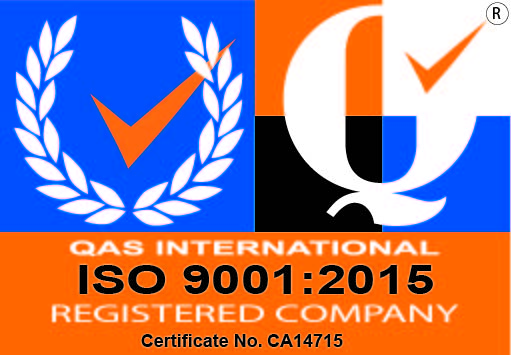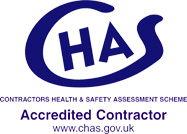Asbestos Legislation and Regulations
Control of Asbestos Regulations 2012
The Control of Asbestos Regulations 2012 came into force on 13 November 2012. This Legislation brings together the three previous sets of Regulations that covered the prohibition of asbestos, the control of asbestos at work and asbestos licensing.
The Regulations prohibit the importation, supply and use of all forms of asbestos. The Regulations continue the ban that was introduced for blue and brown asbestos in 1985 and for white asbestos in 1999. The Regulations also continue to ban the second hand use of products containing asbestos such as asbestos cement sheets and asbestos boards and tiles. This includes panels which have been covered with paint or textured plaster that contains asbestos.
It should be noted that the ban applies to any new use of asbestos. Should any existing asbestos containing materials be identified, they must be in good condition. Only if this is the case can they be left in place but their condition must be monitored and managed to make absolutely certain that they are not disturbed.
The Duty to manage asbestos
The Asbestos Regulations also include the 'duty to manage asbestos' in non-domestic premises. Guidelines on the duty to manage asbestos can be found in the Approved Code of Practice on The Management of Asbestos in Non-Domestic Premises. This is available on the Health and Safety Executive website along with a host of other asbestos related articles.
Asbestos Training
Regulation 10 of the new Legislation governs the requirement that mandatory training for anyone likely to be exposed to asbestos fibres at work is adhered to. This also includes maintenance workers and other operatives who may come into contact with or who may disturb asbestos owing to the work they are carrying out. The Regulations do not only cover those workers involved in asbestos removal work.
Working with asbestos
When work with asbestos or work which could potentially disturb asbestos is being carried out, the Asbestos Regulations require employers and the self-employed to prevent any exposure to asbestos fibres. Where this is not reasonably practicable, they must make sure that exposure is kept as low as reasonably practicable by measures other than the use of respiratory protective equipment. The spread of the asbestos must always be prevented.
The Regulations do specify that the work methods and the controls that are put in place should be used to prevent exposure to and the spread of asbestos. Any exposure to asbestos must be below the airborne exposure limit, this is also known as the control limit. The Asbestos Regulations have a single control limit for all types of asbestos of 0.1 fibres per cm3. A control limit is a maximum concentration of asbestos fibres in the air. This is averaged over any continuous four hour period and this must not be exceeded.
On top of this, any short term exposures to asbestos must be very strictly controlled and any workers exposure should not exceed 0.6 fibres per cm3 of air averaged over any continuous 10 minute period using approved respiratory protective equipment if exposure cannot be reduced sufficiently using other methods.
Respiratory protective equipment is an extremely important part of the control regime but it must not be the only measure used to reduce exposure to asbestos fibres and it should only be used to supplement other measures employed. Work methods that control the release of fibres such as those detailed in the Asbestos Essentials task sheets for non-licensed work should be used. Respiratory protective equipment must be suitable, it must fit properly and must ensure that a workers exposure is reduced to a level that is as low as is reasonably practicable.
Asbestos removal
The vast majority of asbestos removal work has to be undertaken by a licensed contractor but any decision on whether particular work is licensable is based upon the risk. Work is only exempt from licensing if the following points are observed:
- The exposure of any employees to asbestos fibres is sporadic and of low intensity. However, exposure to asbestos cannot be considered sporadic and of low intensity if the concentration of asbestos in the air is likely to exceed 0.6 fibres per cm3 measured over a 10 minute period; and
- It is obvious from the risk assessment conducted that the exposure of any employee to asbestos will not exceed the control limit; and the work involves: short, non-continuous maintenance activities by the worker. Work can only be considered as short, non-continuous maintenance activities if any one person conducts the said work with these materials for less than one hour in a seven day period. The total time spent by all workers on the work should not exceed a total of two hours.
- The removal of materials in which the asbestos fibres are firmly linked in a matrix. These materials include: asbestos cement; textured decorative coatings and paints which contain asbestos; articles of bitumen, plastic, resin or rubber which contain asbestos where their thermal or acoustic properties are incidental to their main purpose. This refers to vinyl floor tiles, electric cables, roofing felt and any other insulation products which may be used at high temperatures but have no actual insulation purposes, such as gaskets, washers, ropes and seals. This also refers to encapsulation or sealing of asbestos containing materials which are in good condition; or
- Air monitoring and control, and the collection and relevant analysis of asbestos samples to find out if a specific material contains any asbestos.
Under the Asbestos Regulations, anyone conducting work on asbestos insulation, asbestos coating or asbestos insulating board needs a licence issued by the Health and Safety Executive unless they meet one of the exemptions that have been outlined above.
It should be borne in mind that although a worker may not need a licence to carry out a particular job, they would still need to comply with the rest of the requirements of the Asbestos Regulations.
If the work being carried out does require a license, the employer and/or worker have a number of additional duties. They need to:
- Notify the enforcing authority responsible for the site where you or your employees are working. The enforcing authority could be the Health and Safety Executive or even the local authority);
- designate the work area;
- prepare specific asbestos emergency procedures; and
- Pay for and ensure your employees go to and undergo medical surveillance.
- From 6th April 2007, a clearance certificate for re-occupation can only be issued by a body accredited to do so. At present, such accreditation can only be provided by the United Kingdom Accreditation Service (UKAS).
More details and information of how to undertake work with asbestos-containing materials, the kind of controls required, what training is required and analytical methods in the following Health and Safety Executive publications:
- Approved Code of Practice Work with Materials containing Asbestos, ISBN:9780717666188 Series code:L143 (Second edition)
- Asbestos: The analysts' guide for sampling, analysis and clearance procedures, HSG248, ISBN 978 0 7176 2875 9
- Asbestos: the Licensed Contractors Guide, HSG247, ISBN 978 0 7176 2874 2
- Asbestos Essentials, HSG 210, ISBN 978 0 7176 6263 0
Employers and employees alike should also be aware that they must also comply with other health and safety legislation.
Finally, it is vital that the amount of time you or your employees spend working with asbestos insulation or asbestos coatings is managed to make absolutely certain that the aforementioned time limits are never exceeded. This includes the time allowed for activities such as building enclosures and cleaning.
Further Information
If you would like to know more or are interested in a quote we would be happy to help. Phone us on 07730 446 224, email us at info@survey-safe.com or fill in our enquiry form and we will be in touch as soon as possible.
Survey Safe® - 07730 446 224 - info@survey-safe.com
Registered Office: Wagstaffs, Richmond House, Walkern Road, Stevenage, Herts SG1 3QP
Survey Safe® :: 07730 446 224
Survey Safe®
07730 446 224
Areas we cover
Areas we cover in London :: A
Areas we cover in London :: B
Areas we cover in London :: C
Asbestos articles
Asbestos: A possible cure being developed for Mesothelioma
Asbestos: The importance of regular staff medicals
Mesothelioma and Asbestosis: A comparison
86 per cent of school buildings contain asbestos
Workplace exposure limits
Controlling noise at work
Legionella risk
Asbestos re-inspection
Asbestos related products
Magnesite floor screeds
Asbestos in vermiculite
Chrysotile fuse carriers
Asbestos air monitoring
Asbestos cement roofs
Surviving mesothelioma
Cancer deaths from asbestos at all time high
Asbestosis
Asbestos exposure at ground zero after 9/11
Asbestos insurance claims
More asbestos related prosecutions
New asbestos regulations introduced
Asbestos contractor fined
Asbestos is a hidden health hazard in millions of homes
Asbestos exposure
Contractor fined for removing asbestos in an open wheelbarrow
Past and present uses for asbestos
Asbestos filters used in cigarettes
Privacy policy
Website map


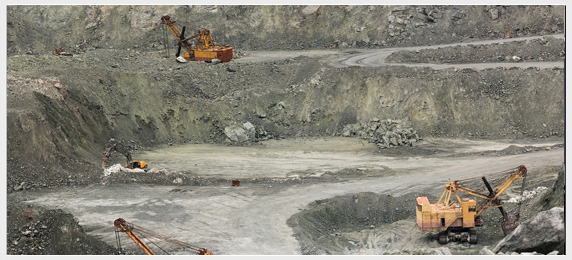
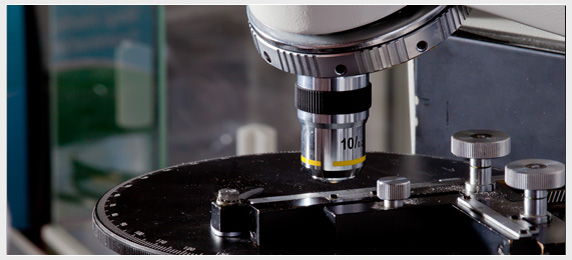

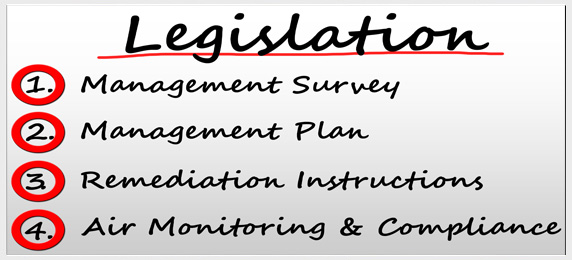
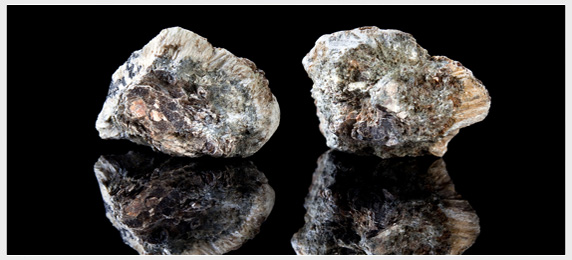
 1
1 2
2 3
3 4
4 5
5

